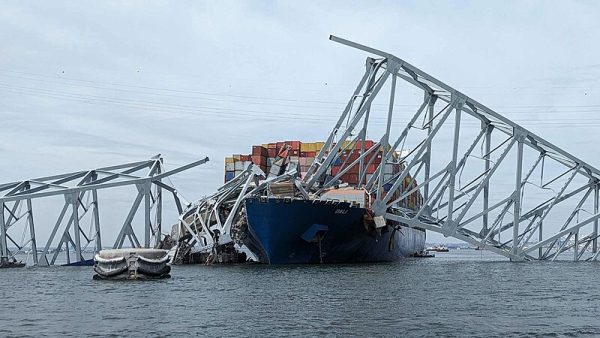The Dakota Access Pipeline and Standing Rock: An Overview
December 9, 2016
Since its approval in late July, the Dakota Access Pipeline has caused national outrage. The pipeline, also called the DAPL, is a project by a company called Energy Transfer and was planned to span 1,172 miles from North Dakota to southern Illinois. It is intended to enable domestically produced light sweet crude oil from North Dakota to reach major refining markets more directly.
People in support of the pipeline cite its opportunity to provide jobs and a boost for the economy. However, its opponents cite the disregard for Native Americans and their well-being as well as potential environmental damage.
The Sioux tribe of the Standing Rock Indian reservation, located in North and South Dakota, filed a lawsuit to block construction of the DAPL, which would cross their source of drinking water multiple times. They fear water pollution and the destruction of cultural and sacred lands. Senior Lorenzo Duldulao said that he is “against the entire pipeline building, period, because it’s a lose-lose situation, [and harmful to the environment] This pipeline is getting built no matter what, so that means all these ecosystems are gonna get destroyed in order to make way for this crude oil. This can cause harm to the wildlife.”
The reservation has recently gained attention due to the protests held there regarding the pipeline. More than 100 tribes are represented in the protests, making it among the largest Native American protests in history. Dakota Access bulldozers have already plowed a two mile long path through Sioux sacred burial ground. A student who wishes to remain anonymous said she thinks that “the fact that Native Americans have to fight for sacred land that, for one, they discovered first, and for a necessity as basic and vital to us humans as clean water is absolutely ridiculous. It shouldn’t even be argued.”
As of now, a camp has sprung up among the protests and nearly 2,000 people live there in everything from tents to cars. People of all ages, both native and non-native, are gathered there. The camp is large enough to have both a library and a medical center.
More than 560 people have been arrested in protests that have spread 40 miles north to the capital of North Dakota, Bismarck. Dozens of people have been pepper-sprayed and others have been bitten by dogs and hit with grenade blasts, mace, and rubber bullets. Police and protesters have blamed one another for the increasingly violent state of the protests. In a press conference at Friends High School in Washington, DC, protester Billy Taylor said that, after being pepper sprayed, “even with the protection that [he] had, [his] face was still on fire.” The anonymous student also commented on the violence that has surrounded the protests, saying that she thinks, “at this point, it’s so typical of police to respond violently to peaceful protests, yet it’s still sickening and disappointing to hear about.”
According to the Morton’s County Sheriff’s department, bringing supplies to Standing Rock protesters can result in a fine of up to $1,000. The governor of North Dakota has ordered protesters out of the camp but they have remained.
This past Sunday, on December 4, the Army Corps of Engineers announced that it is refusing to grant permission to the constructors of the pipeline for the proposed path beneath the Missouri River. This is considered a win for Standing Rock protesters, but Energy Transfer partners are still looking for alternate routes and ways to overturn this decision. Oil industry leaders are urging president-elect Donald Trump to push for construction of the pipeline to continue once he is inaugurated.











